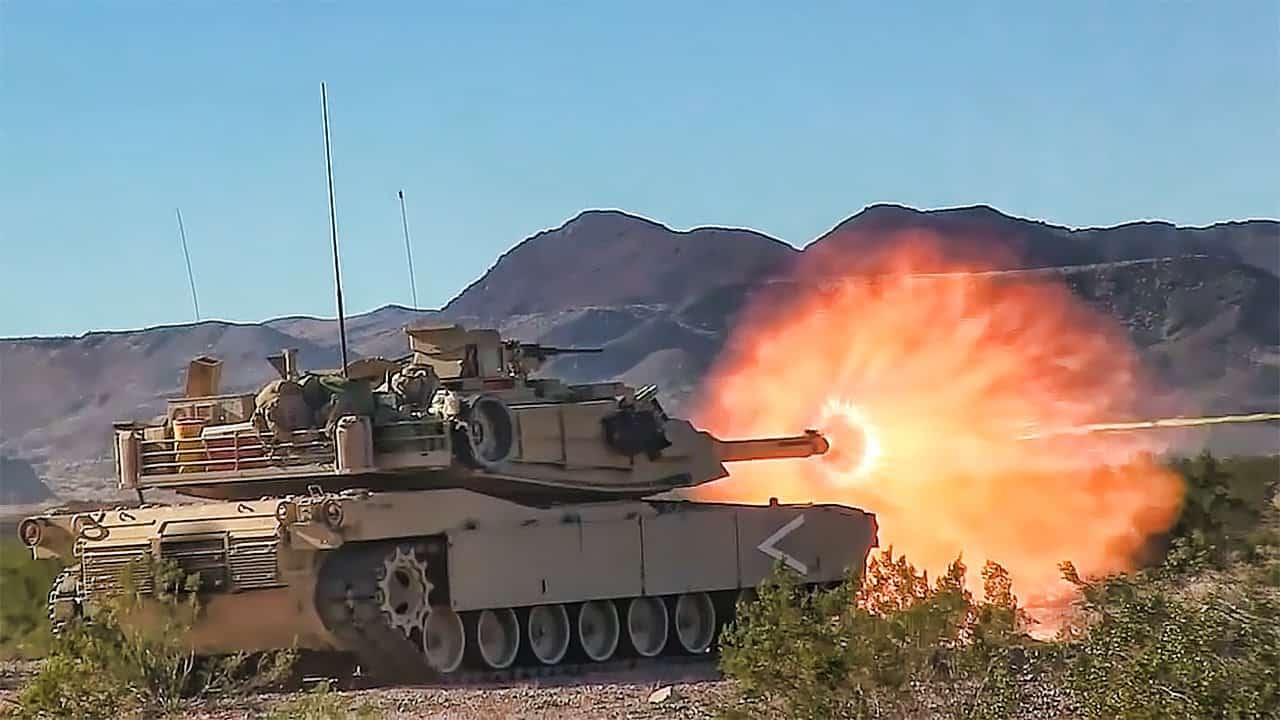For years you have probably heard – even been involved in – the never ending debate of ‘wheels vs tracks’ for combat vehicle applications. This debate, which has often been ill-informed, has assisted little in understanding the key issues. In this article, I will focus on some key facts concerning this matter and leave it to you to draw your own conclusion as to whether armies should invest in tracks or wheels for its combat vehicles.
Today, vehicle mobility is usually described by reference to obtuse metrics such as Nominal Ground Pressure (NGP), Vehicle Cone Index (VCI) or Mean Maximum Pressure (MMP). These metrics, which are still widely used and spoken about, were developed well over 50 years ago in the US and UK. Some of the key problems with these metrics are:
. NGP whilst very simple to use offers no relationship between it and soil properties – a major problem when trying to determine vehicle mobility;
. VCI was developed by the US in the 1950s based on large scale trials of vehicles operating in different soil conditions. The results of this testing were used to empirically develop a factor know as the ‘Mobility Index’ and this value is used to derive wheeled and tracked vehicle VCI from charts. The principal problem with VCI is that it uses a very complex set of vehicle parameters and is based on data from tests conducted on vehicle designs of more than 50 years ago.
This situation has reduced the credibility of VCI as an accurate indicator of vehicle mobility. Incidentally, VCI is the key algorithm imbedded in the NATO Reference Mobility Model (NRMM). Wong (2009) has recently written at length about the deficiencies in the NRMM, particularly related to the key track vehicle design parameters of wheel configuration, track tension and suspension design.
Roughly at the same time as the US were developing VCI, the UK developed its own metric for predicting tracked and wheeled vehicle mobility – Mean Maximum Pressure (MMP). MMP is considered easier to use and provides a more robust and reliable indicator of tracked vehicle mobility. However, the use of MMP to calculate wheeled vehicle mobility is questionable and the validity of MMP was never verified by test. Any Army assessing the merits of wheeled vehicle mobility on the basis of MMP should exercise considerable care when interpreting the results.
More recently the UK has developed through an experimental program, the Vehicle Limiting Cone Index (VLCI). This is similar to VCI but calculated using what many today consider to be a more simple and accurate method. VCLI can be used with more confidence to calculate wheeled vehicle mobility. This result suggests that a strong case exists to review the traction models used in the NRMM.
Analysis undertaken by Ogorkowitz (2000) using the VCLI of 35 wheeled armoured vehicles in the weight range 8-40 ton is revealing. His analysis of these wheeled armoured vehicles operating in soft clay-like soils (Cone Index < 200kPa) shows that only the 4 lightest vehicles (< 13.5 ton) could move over this terrain. When these wheeled vehicles reduced tyre inflation pressures to the ‘emergency’ setting to maximize mobility, only vehicles weighing less that 20t could pass over the soft, wet soil.
And remember at this tyre inflation setting vehicle movement is limited to speeds of around 20 km/h – not a great situation to be in if you are operating in a hostile environment. This means that the best designed 6×6 and 8×8 wheeled armoured vehicles will need to weigh less than 20t if they’re to provide good tactical mobility. Given the threats on the battlefield today and the increasing shift towards higher levels of ballistic and blast protection, how many serious 6×6 and 8X8 armoured wheeled vehicles weigh less than 20t.
I’ll now let you make your own mind up over the merits of wheels vs tracks for combat vehicles needing to operate in soft soils.
To learn more about the Eggler Institute of Technology’s Military Vehicle Technology & Mobility courses, please visit our course catalogue.
About the Author
Mark Eggler, BE (Hons), MSc, CPEng. Mark has over 30 years experience as a project manager and professional engineer working on complex military vehicle projects. He has worked for the Australian Department of Defence and international OEMs on large military vehicle acquisition programs and teaches military vehicle technology worldwide.



